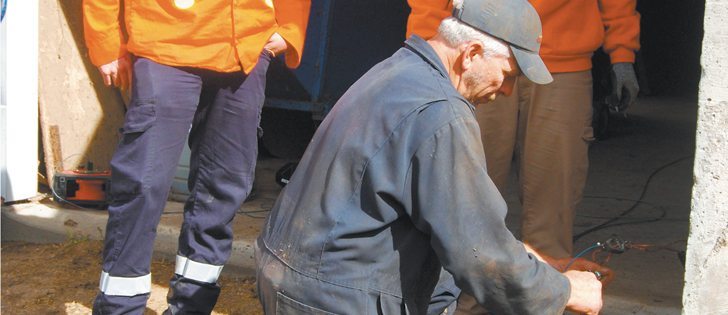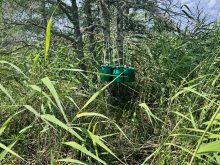THAMESVILLE, Ont. — There are now two proposed solutions to on-farm, stray current concerns in Ontario.
In February, the Ontario legislature passed second reading of a private member’s bill. It would set deadlines for electricity distributors in the province to investigate and resolve issues.
And then on March 22, Hydro One announced plans to create the Farm Rapid Response Team to deal with issues among its 13,000 farm customers.
“We’ve been in partnership with the Ontario Federation of Agriculture. This isn’t a knee-jerk reaction at all,” said Tiziana Baccega, senior media relations officer with Hydro One, which is the province’s largest electricity distributor.
Read Also

Government, industry seek canola tariff resolution
Governments and industry continue to discuss how best to deal with Chinese tariffs on Canadian agricultural products, particularly canola.
“Once the team goes live, there will be firm turnaround times published on our website and communicated to our customers with respect to call-backs, test scheduling and report findings submitted to the farmer.”
Ontario Agriculture Minister Jeff Leal has expressed support for both the legislated approach and Hydro One’s rapid response team announcement.
The private member’s bill was introduced by Progressive Conservative MPP Rick Nicholls, who said all three parties in Ontario have had an opportunity to deal with the stray current issue over the past 40 years.
A Hydro One news release said the rapid response team is a centralized approach to help identify, assess and mitigate on-farm electrical issues.
Chatham-Kent dairy farmers Pat and Loretta Herbert remain skeptical.
Hydro One conducted extensive tests on their farm Sept. 30 but had taken no action to correct the problem as of last week, Loretta Herbert said.
“They haven’t done anything that I know of,” she said.
“Before this all happened, we used to be able to keep our cows for 10 years. Now it’s just three or four years and they’re gone or they’re gone after they have their first calf.”
Herbert said a stray current shield installed around their dairy barn at their own expense last summer appears to have provided a partial solution.
“The cows look a bit happier,” she said.
“They don’t have as many problems. We don’t have as high as readings inside the barn anymore. We don’t get the vet out as much as we used to … (but) it’s not fixed and Pat isn’t happy.”
Stray current expert Lorne Lantz with Lantz Control Systems was at the Herbert farm when Hydro One conducted its tests.
He said significant voltage continued to play along the steel shield when the electricity supply was cut off to the farm that day.
Stray current, which is also des-cribed as ground current, is often blamed on Ontario’s aging rural electricity infrastructure, although there are other causes.
Dairy farmers in the province have been particularly affected because of the large size of their animals.
A provincial agriculture ministry news release said dairy cattle symptoms include agitation, reluctance to feed or water, higher incidences of mastitis and reduced production.

















